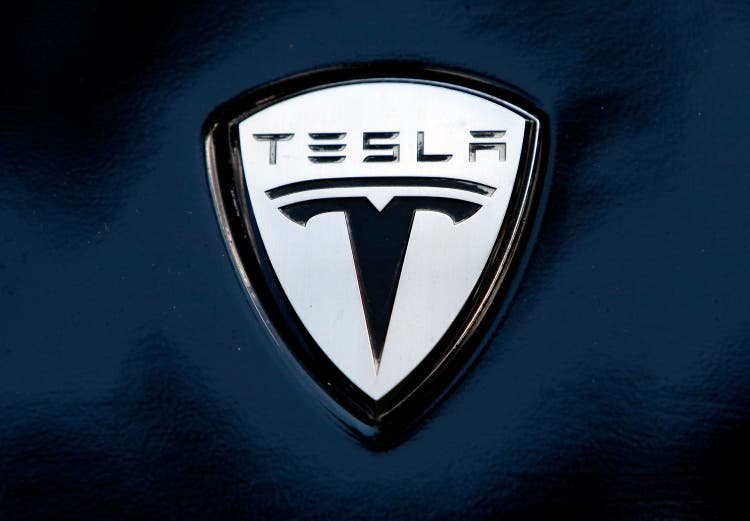
Win McNamee/Getty Images News
Tesla (NASDAQ:TSLA) closed with a gain of 22% on Thursday on volume of over 179 million shares. For reference, Tesla (TSLA) added more in market cap during the single session than the combined market caps of General Motors (GM) and Ford Motor (F). On the big board, Tesla (TSLA) passed Broadcom (AVGO), Walmart (WMT), and JPMorgan Chase (JPM) to rank as the 12th most valuable company traded in the U.S.
The Austin-based company impressed investors on the margin line, with its Q3 earnings report. The automotive ex-credits gross margin rate was reported at 17.1% to easily clear the consensus estimate of 15.1%. Operating margin was reported at 10.8% of sales to improve from last quarter’s mark of 6.3%, and top last year’s mark of 7.6%.
Why a +20% pop in share price? While the earnings report was strong, investors have also been latching on to the upside if a Tesla (TSLA) robotaxi fleet in Texas and California is operational as early as next year. Elon Musk said the company has already been testing the service in the San Francisco area with employees. The hope is that if the financial benefit of an operational robotaxi with Model Y and Model 3 vehicles can be displayed, it will bridge the investor enthusiasm gap until the Cybercab arrives in 2026.
Within the electric vehicle sector, there were some other notable movers, including VinFast Auto (VFS) +5.9%, Polestar Automotive (PSNY) +4.8%, and ZEEKR Intelligent (ZK) +4.4%. Meanwhile, XPeng (XPEV) -6.1% and NIO (NIO) -4.2% traded weak.
As always, there is no shortage of debate on Tesla (TSLA). Victor Dergunov, Investing Group Leader for The Financial Prophet, thinks TSLA could see substantial gains in 2025 as the company reports higher-than-anticipated growth and EPS and releases more details regarding its future projects and projections regarding future revenues and profitability. On the bearish side, Seeking Alpha analyst Eugenio Catone warned that TSLA’s reliance on non-sustainable sources like regulatory credits and stock-based compensation makes its current valuation unjustifiable.
